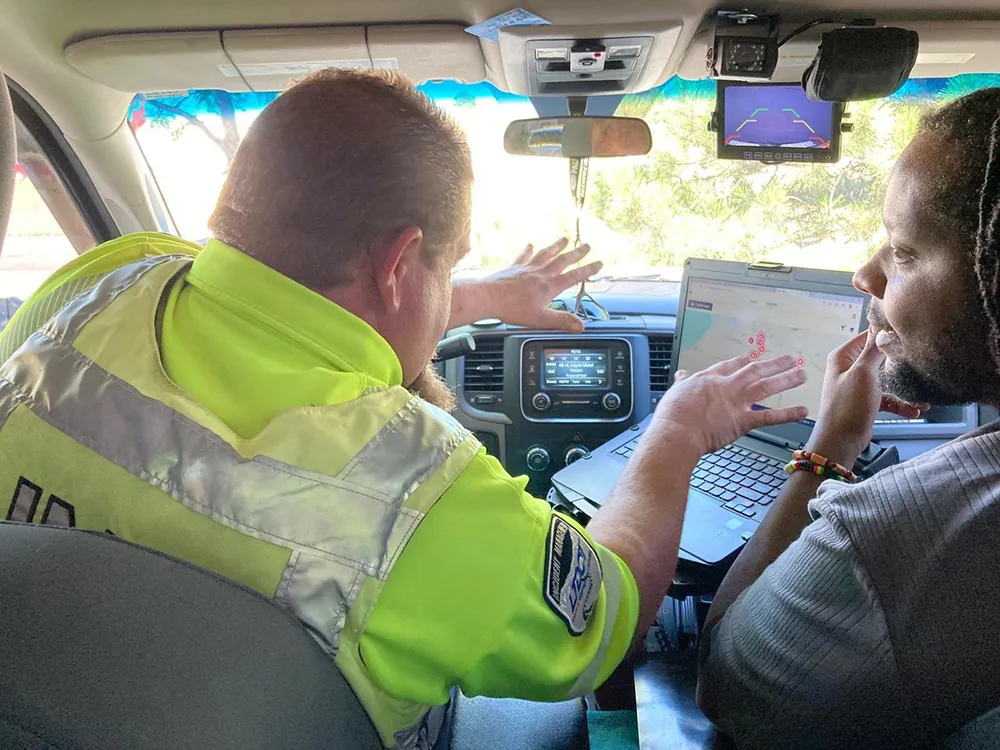AllGoVision has launched what it claims are the top two “wish-list” video analytics features – video stitching and PTZ functionality. Video stitching is the ability to “stitch” together, i.e. merge, images from different cameras and track a suspect that has been targeted by the video analytics software. AllGoVision’s Video Stitching can combine up to eight camera inputs. Auto PTZ functionality has two features - the first is the ability of the video analytics to target an object or person based on a rule vi
July 4, 2012
Read time: 2 mins

This video stitching and PTZ functionality is available for use with the integrated Milestone or Mirasys VMS.









